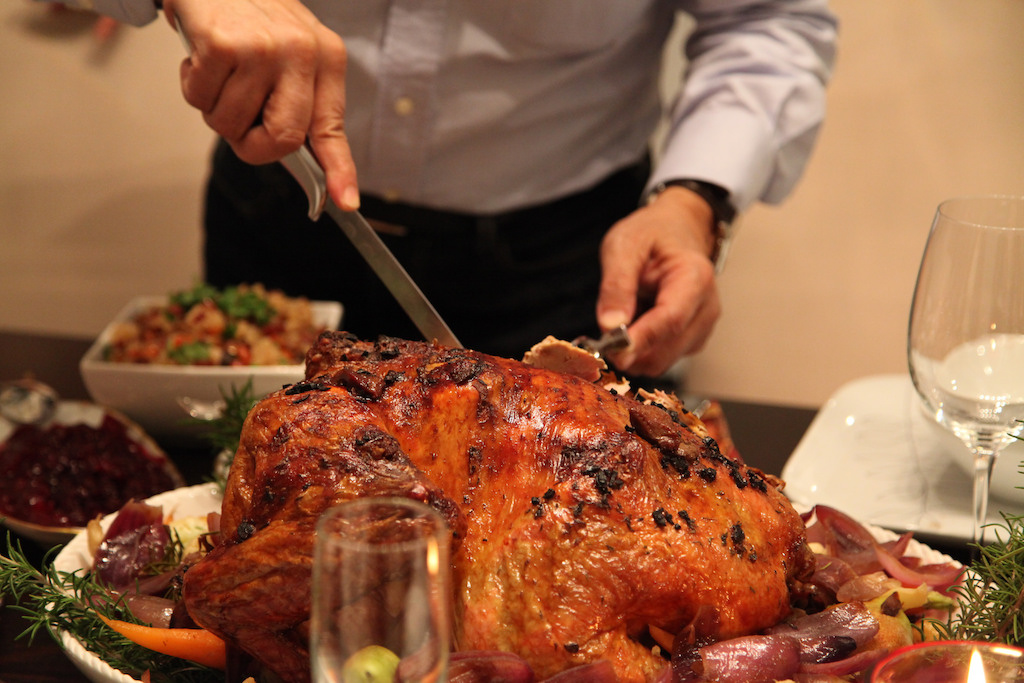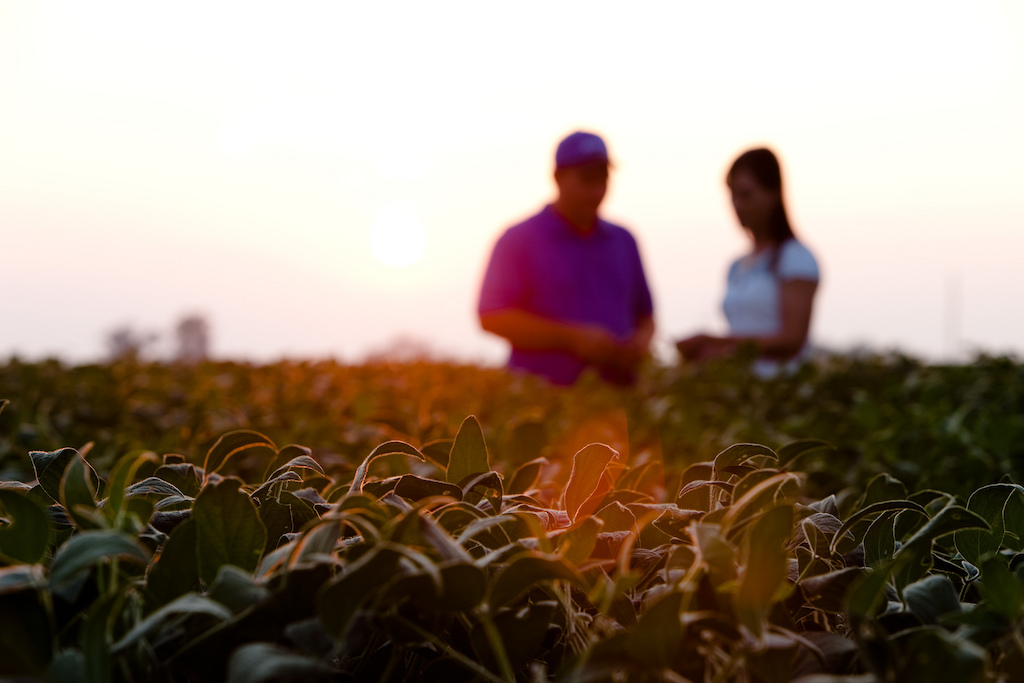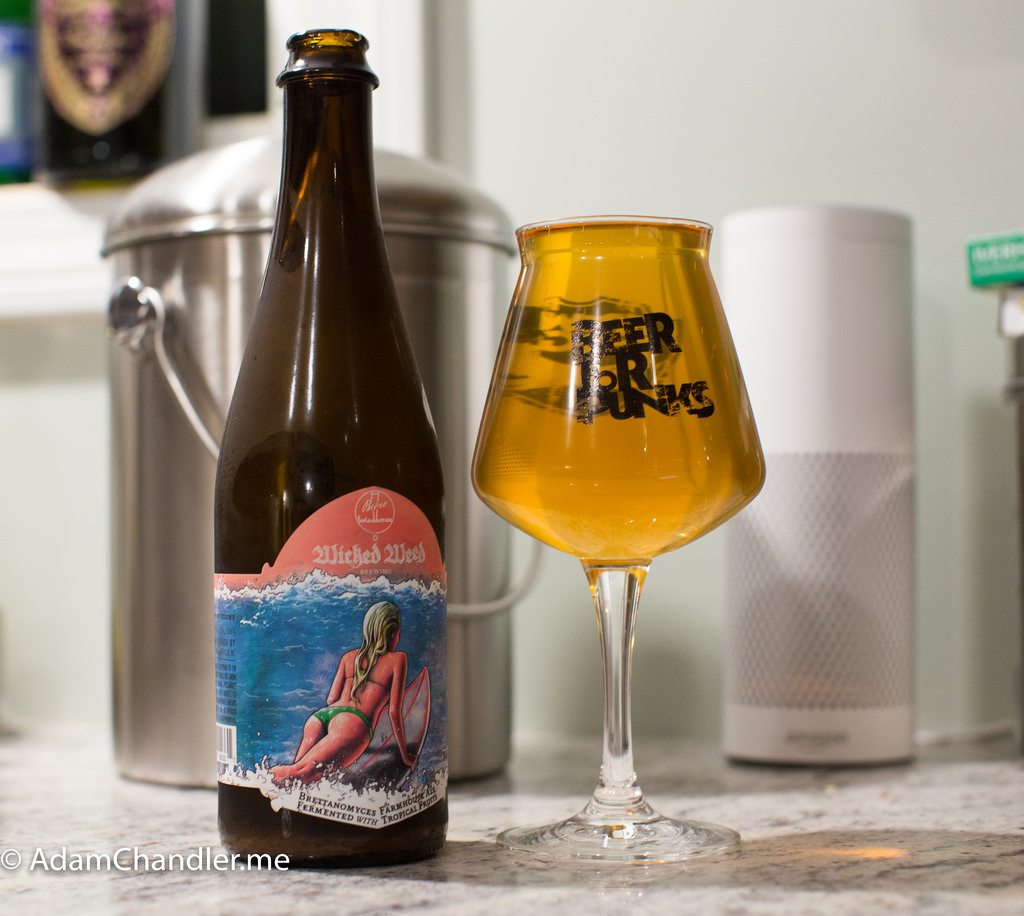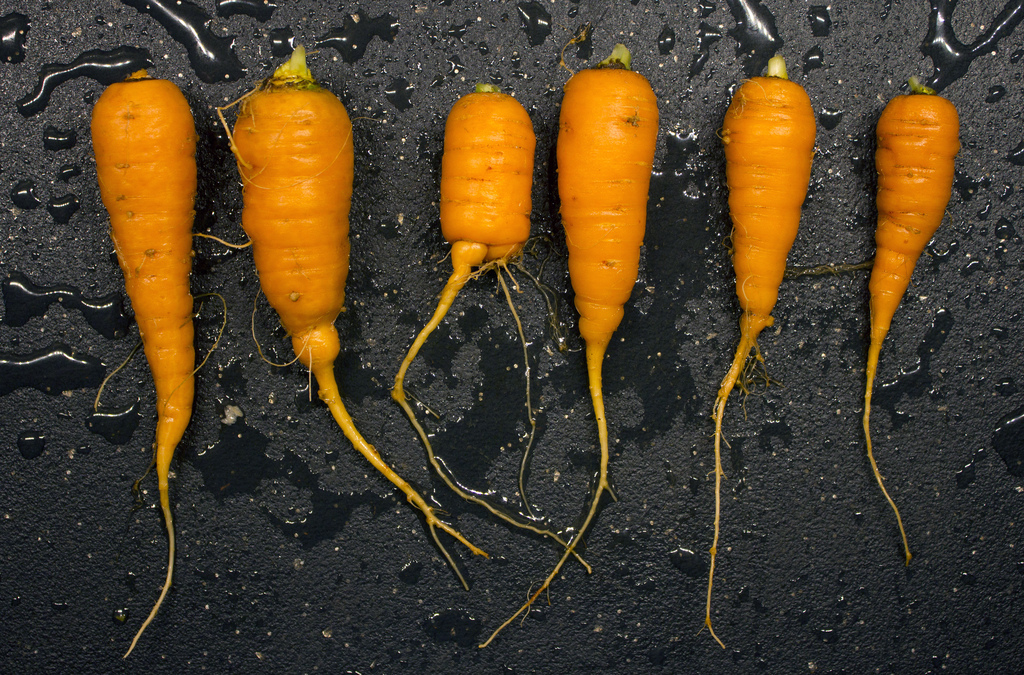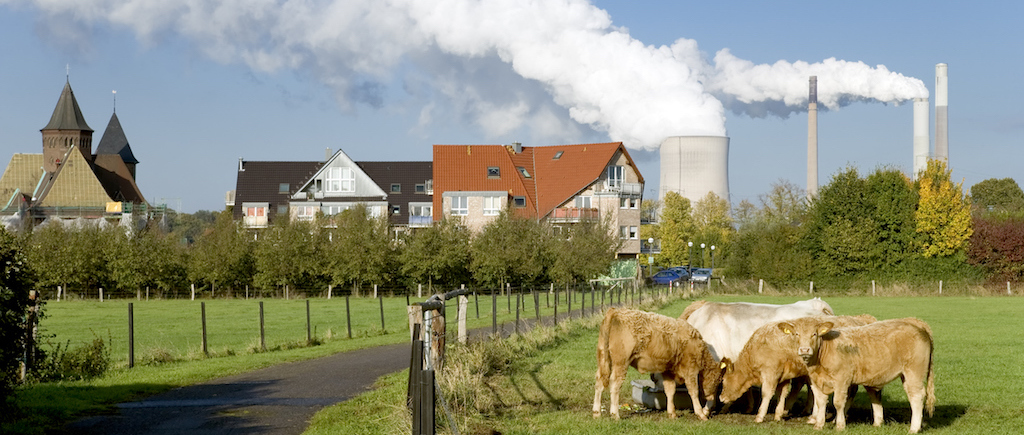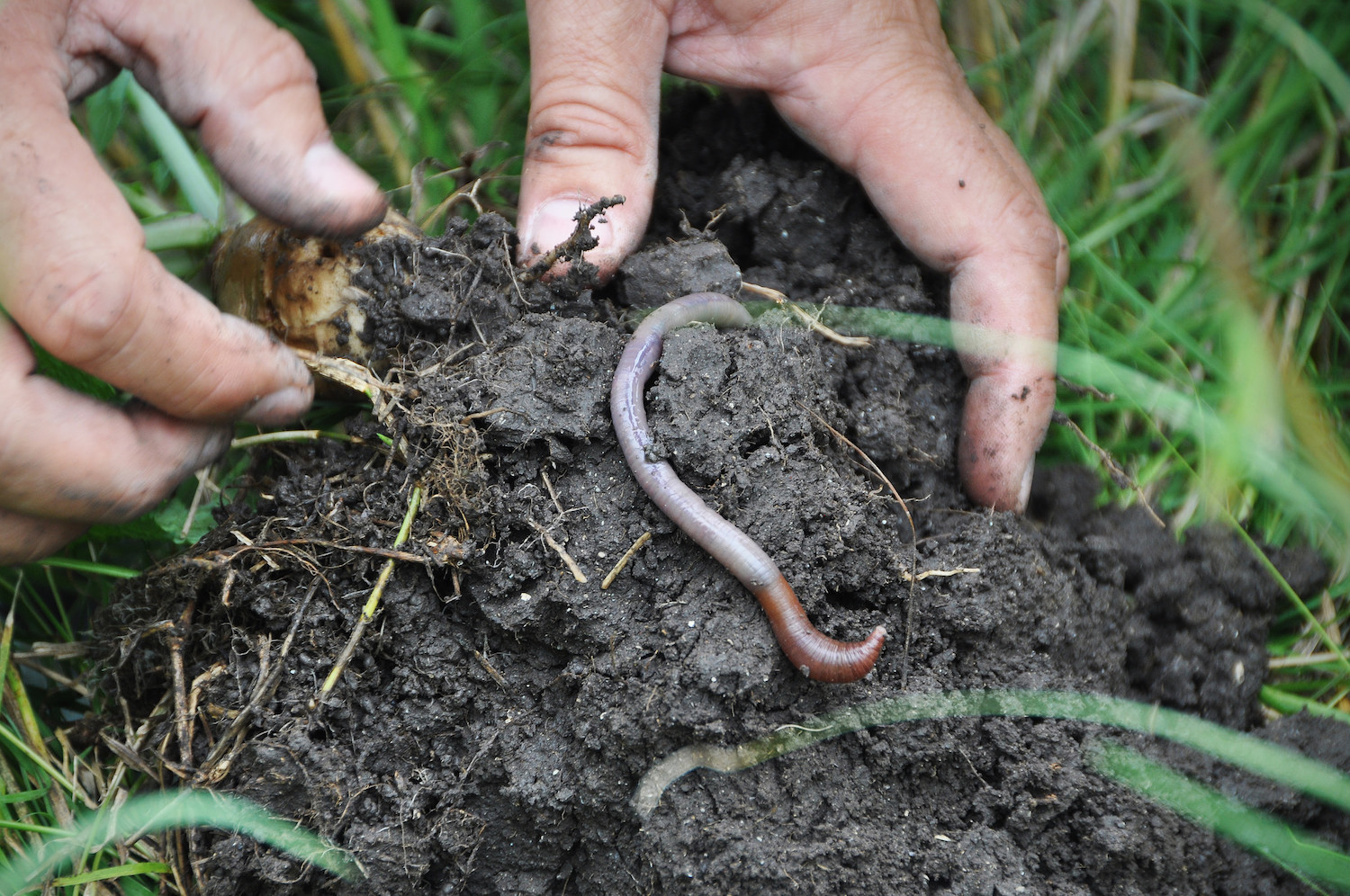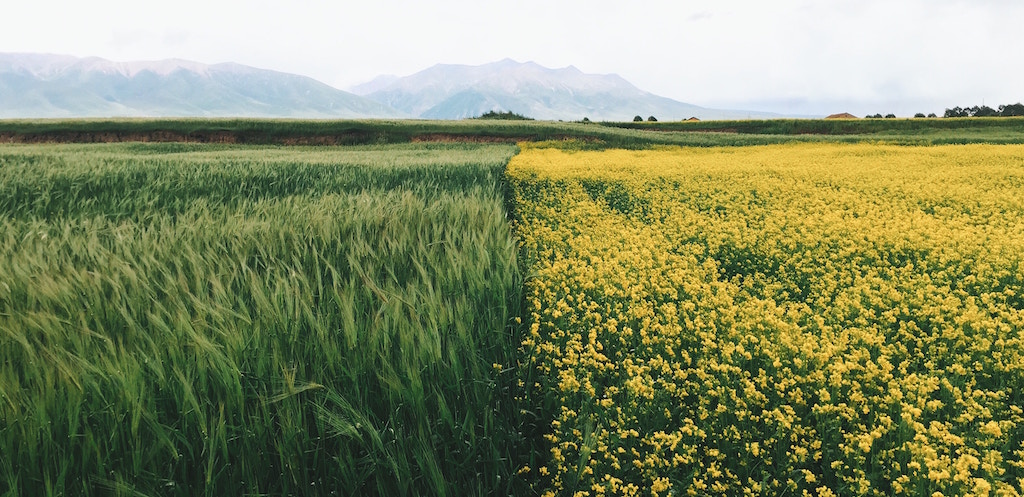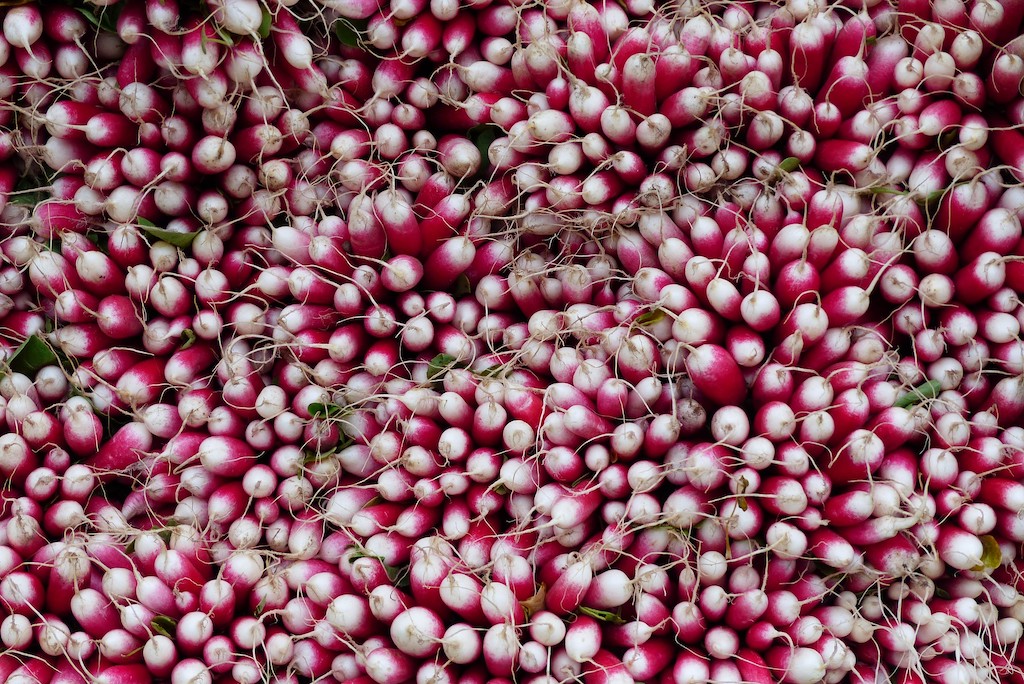Not since the 19th century has fresh flour been this widely available. You think you know flour? Guess again.
I fell in love with fresh flour seven years ago and couldn’t figure out why it took 40 years of avid baking to find such an incredible ingredient. Since I’m a devotee of pancakes, I found myself studying the 1889 formula for Aunt Jemima pancake flour and discovering a window into a wildly changing grain world.
It’s important to mention that, while flour is the main ingredient in pancakes, the story of Aunt Jemima is tied to other parts of food history, like the development of leaveners, and the persistence of racism in our food system.
Every food is an emblem of an era, and the success of the Aunt Jemima brand can’t be read without studying its cultural context. That a mammy and slave narrative were used to promote a pancake mix not 30 years after the Civil War, and that the Aunt Jemima company and each of its successors—the R.T. Davis Company (in 1890), The Quaker Oats Company (in 1926), and PepsiCo. (in 2001)—cling to its name, despite cultural pressures to change it, deserves separate study. The phenomenon is scrutinized in M. M. Manning’s Slave in a Box: The Strange Career of Aunt Jemima, and Toni Tipton Martin’s more recent book, The Jemima Code.
But this is a different, albeit adjacent story—one that takes us back to the late 1800s, as grain farming and flour milling got concentrated, and mills left locales. The Aunt Jemima recipe shows us the innovations in transportation, agriculture, and milling technology that developed the American grain belts. These advances made roadkill of regional grain farming and local mills, things that are necessary for fresh, stoneground flour.
So, consider this your tour of American flour (and me your guide), using the recipe for Aunt Jemima pancake mix as a map and an eventual introduction to some modern pioneers who are re-localizing grain crops and putting flour mills in unlikely places.
 The original Aunt Jemima recipe
The original Aunt Jemima recipe
Let’s start with the signature. Charles Rutt was a newspaper editor who saw opportunity in a bankrupt flour mill. The empty mill points to a glut in the market that hurt not just millers, but farmers, too.
That glut was partially caused by developments in farm equipment, like the steel plow and mechanical reaper, simple horse-drawn tools that innovated the hard work of growing grains. Without John Deere’s steel plow, aka “The Plow that Broke the Plains,” farmers could not have cut through the root-thick sod of the prairies. Further advances, like mechanical reapers to cut the crop in the field and mechanical threshers to free the kernels from the plant, helped increase the acreage that farmers could handle. As this equipment shifted from horsepower to steam power and transportation systems matured, an international market—and a habit of futures trading—developed for grains. By the late 1880s, there were a lot of grains in America and prices were unstable, so the opportunity for the mix popped up in a vacant flour mill.
Hard red winter wh.
Hard means a hard grain kernel; red means red-colored bran; and winter means the grain was planted in the fall (grains are planted in the spring or in the fall). These descriptors point to the fact that soft, fall-planted wheats didn’t survive the harsh winters of the Southern Plains. But hard, red Turkey-type wheats did. These were brought by Mennonite immigrants as they came to North America in the 1870s; the presence of this wheat indicates the robust railroad system that helped the people and their grains migrate from Russia.
Now, for the first ingredient in the mix’s recipe: Hard red winter wheat. Its success coincided serendipitously with a shift in milling technology, from stone mills to roller mills. Prior to the 1880s, millers preferred soft grains because the millstones didn’t need to be sharpened as frequently. With the arrival of steel roller mills, harder grains became easier to make into flour. Pair the grains with that rail system, and grain brokers could jockey wheat all over the world. This is how, (with a few leaps and bounds in transportation, agricultural equipment, and milling tools) grain production and processing got centralized, and presently exist largely out of sight and mind of the general population.
But today, in pockets around the country, the pendulum is starting to swing in reverse, and decentralization is starting to happen. Consumers want alternatives to Big Wheat. The market is ripe, especially for growers who want out of the tight prices of the commodity system, which don’t always meet the costs of production, let alone turn a profit. However, switching gears in farming isn’t simple. All that stuff that left locales 80-100 years ago has to be reinstalled: crop knowledge, seed varieties, small-scale grain harvesting, and handling equipment.
Most importantly, you have to have mills. Local mills are the levers, like farmers’ markets, that help growers choose to grow distinct grains and sell them off the commodity grid. Two mills—one urban and one rural—show how the wheel of flour is being reinvented.
A tale of two farmers and one baker
During the housing boom in the mid-late 2000s, a mill began in the Finger Lakes region of upstate New York. Farmer Thor Oechsner saw the acres he rented turn into big backyards. A first-generation farmer, he didn’t own much of the land he farmed, and couldn’t compete with people who wanted to plant houses instead. He knew he needed to add value to the organic grains he grew, and thought of flour milling because his grandfather was a German trained pastry chef.
Another farmer in the area was thinking about starting a mill, too: the late Erick Smith. From an ad in the back of a farming newspaper, the two men found a used stone mill, but it sat in a barn while they chased sun and farmed. After a couple of seasons, they realized they needed a partner to pursue the idea, and found Greg Russo, a recent Cornell ag grad who had worked in organic vegetables and wanted to grow staple crops.
“Local food means more than vegetables,” Russo says. While milling wasn’t in his plans, the project fit his goals, and he threw himself into the work. He figured out how to install the mill in an old Agway feed building, which had many things a mill needed: height, a loading dock, room for storing bulky grains, and most importantly an existing commercial kitchen license to suit the Department of Ag & Markets. State rules vary on how and where flour can be made, and this new mill needed to piggyback on an existing facility to avoid a big investment. Milling is always a pennies game, even in established markets; who knew if anyone wanted to buy local flour?
The three formed a cooperative in 2009: Farmer Ground Flour. The mill soon outgrew its original space, and in 2013, the enterprise built a new building. Now Greg Russo and Neal Johnston own the mill with Oechsner. Johnston and Russo run the mill with three other full-time workers. Dan Gladstone, farm manager for Oechsner Farms, has been key to building the grain supply necessary to make more than 100,000 pounds of flour a month. This translates to about 1000 acres—a small amount in the scheme of grains, but a big deal for the growers involved.
The thinking was: Build it and maybe the suppliers will come. In this case, ten farmers are now growing things they didn’t grow before, like corn for cornmeal and polenta, wheat for bread, and rye for milling. These crops net more than their organic commodity equivalents because the mill is running counter to the norm.
“Traditionally, the processor is making all the money. Our model makes sure farmers, who are taking the bulk of the risk, make a profit,” says Oechsner, who coordinates the supply side of the mill. He does the contracting, makes sure everyone has seed, and provides any information they need for growing the crop. His home farm serves as the primary receiving and storage site for the mill.
“We talk about the costs of production, and guys aren’t used to discussing that. But we’re not interested in contracting unless the farms are making money,” Oechsner says. Transparency is important to him, a way to revise the prevailing backwards business model of farming, in which farmers pay retail for materials like land, seeds, equipment, and labor, but have to sell what they grow wholesale.
Keeping crops close to home creates connections from field to loaf. Some of the connections can be enumerated: five jobs at the mill, five jobs at the farm, and four more (two part-time and two full-time) at the affiliated bakery. But many others are more ethereal, like the idea of food as a bridge to the land, and the loyalty people feel for the hearth-baked loaves from Wide Awake Bakery.
The bakery began in 2011, a second career for anthropologist Stefan Senders. He decided to build the bakery—and its oven, which is almost as big as the building itself—after wowing his farmer friend Thor Oechsner with bread. Wide Awake sells bread mostly through subscription shares, like CSAs, reaching the public through a few pickup sites, and partnerships with other businesses.
The informal grain schools
The Ithaca, New York farmer-baker-miller allegiance is a model that draws visitors from as far as Japan. People come to its informal grain school to see how to do things differently in grains. The farm, mill and bakery broadcast their learnings outside the area, too. Oechsner and Senders lead workshops for farmers and bakers, and the mill test-drives flours for research projects.
This food work is collaborative, undertaken by allies across the Northeast, like Cornell University; the Northeast Organic Farming Association (NOFA-NY); University of Maine; University of Vermont; Penn State; the Organic Growers Research and Information Sharing Network (OGRIN); the Farm Hub; Greenmarket/GrowNYC; the Northern Grain Growers Association, and the Maine Grain Alliance.
Over the last 10 years, these groups have worked in concert and on their own to reintroduce grains to farms and markets, hosting farmer field days and seed trials, bakery trials and classes, and offering workshops on small-scale grain growing, handling and storage.
Greenmarket/GrowNYC has been a key architect of the Northeast grainshed. The organization runs 54 farmers’ markets in New York City, and its work in grains began as an effort to get bakers aligned with the organization’s mission. If it wanted farmers’ market bakers to use regional flour and support regional agriculture, it had to secure a supply. This first meant identifying existing mills and potential growers, and then expanded beyond flour as it saw farmers’ needs for multiple grain markets. Bread alone will not make a farm flourish. Beverage markets, as well, have to ask for local grains. Luckily, in 2013, New York State introduced a request, and the Farm Brewery License legislation began tying certain liquor licenses to use of NYS agricultural products.
The Greenmarket Regional Grains Project was behind Greenmarket Wheat, a Weisse beer made by Brooklyn Brewery, using New York wheat, malt, and hops. Its website is another informal grain school, warehousing case studies, videos and factsheets it has helped create and compile, and linking the grain-curious to purchasing info. It holds meet-and-greets between grain producers and the food and beverage industry, and makes consumer intros at farmers’ markets, offering demos of dishes featuring stoneground flours and whole grains like freekeh and spelt. The project runs a retail stand at New York City’s Union Square Greenmarket on behalf of Northeastern grain farmers and millers.
https://www.instagram.com/p/BRJSiOZFLCp/?taken-by=gristandtoll
The fresh flour frontier
Every new mill has a different catalyst. In Ithaca, New York, farmers wanted better markets. Whereas in Pasadena, California, baker Nan Kohler wanted better flour. So, she started Grist & Toll. A former wine seller, Kohler wanted direct access to consumers in this, the dawn of a new day for flour.
Kohler knows that fresh flours need the same kind of introduction to the public as fine wines, so education shapes all of her efforts. Shoppers can see the mill in action from a viewing window. In the small retail area, each flour has a thorough description of its flavor and functionality: as bread, pastry or pasta flour, or somewhere in between.
“We need to get to know our wheat and grain,” Kohler says. “I’m diving hardcore into this aspect. What does it mean to have a single varietal and bake with it? I’m forced to break everything down and be really specific, so I can understand what I’m doing.”
That attention to detail pays off for bakers. She does extensive bake testing even before she commits to buying a milling quantity of any grain. Right now she’s milling Charcoal wheat, a cross of purple and red wheats that’s good for bread and pasta. But by the time Kohler decides to buy any grain, she has recipes and formulas in mind. This parallels the way she understood the wines she sold, and how she readied herself to instruct people on how best to enjoy them.
As well-equipped as she is to facilitate an understanding of fresh flour, however, Kohler faces many challenges that rural mills do not. Sourcing without any farm affiliations is tough. Growers are set up to deal with much bigger buyers, and not used to selling in the one-ton totes she has the capacity to store. The nearest seed-cleaning facility is five hours away. And, as is the case all over the country, seed supply is restricted by what is commonly grown. Those coveted ancient grains? Seeds are rare.
“Wheat is the slowest of slow food. Trying to grow out a heritage wheat or collaborate with a plant breeder, that’s 10 years to find what’s right for our microclimate,” Kohler says, stating the fact with some frustration, but not discouragement. Her passion for finding bold flavors is too strong for that. Plus, the history of milling in Los Angeles makes her path seem part of a bigger picture.
The city, like other developing areas, was built around essential services like mills. The first commercial structure in Los Angeles was Capitol Milling, which in the 1840s began under a different name, and was the longest consecutively open and family-owned business until it shut down in 1998. Before the closure, Nancy Silverton worked with Capitol Milling to get the flour she wanted as she launched La Brea Bakery in the early days of artisanal bread baking.
Seeing Kohler’s work aligned with other frontiers is reassuring, because frontier life is not supposed to be simple. Kohler hunted for a site for two years, running into roadblocks from municipal entities, and state and county health regulators who didn’t know how to handle a flour mill. On the other hand, Pasadena was so cooperative with her that after a first location fell through, she stuck with the city.
Despite these difficulties, Kohler knows she’s in the right place to help build a new market. On- and off-site, Grist & Toll connects with chefs and consumers. Kohler hosts classes and is part of The CA Grain Campaign, a new initiative modeled after Greenmarket/GrowNYC’s rule, which asks farmers’ market bakers to use 20 percent California flour by 2020. Kohler helps its organizers come up with educational plans and partners, like herself.
If you want alt grains, eat your pancakes
Aunt Jemima pancake mix was born because there were too many mills, but now we are at the other side of that problem: There are too few small mills in America, which means limited choices for a public that wants `alternative grains.’ Mills, like farmers’ markets, are the tools that growers need to plant distinctive seeds and gain a share of the crop value in grains. Kohler says that what binds these distinct micro-milling operations is a very common goal.
“We think there’s much more beautiful flour and grains to be had. We’re all flying blind and creating this marketplace out of thin air,” she says.
As your flour ambassador and pancake doctor, I suggest you find some of these fresh, extraordinary flours, and try them in pancakes without syrup. Not only will you be helping yourself to great tastes, but you’ll be helping farmers and millers, too.






